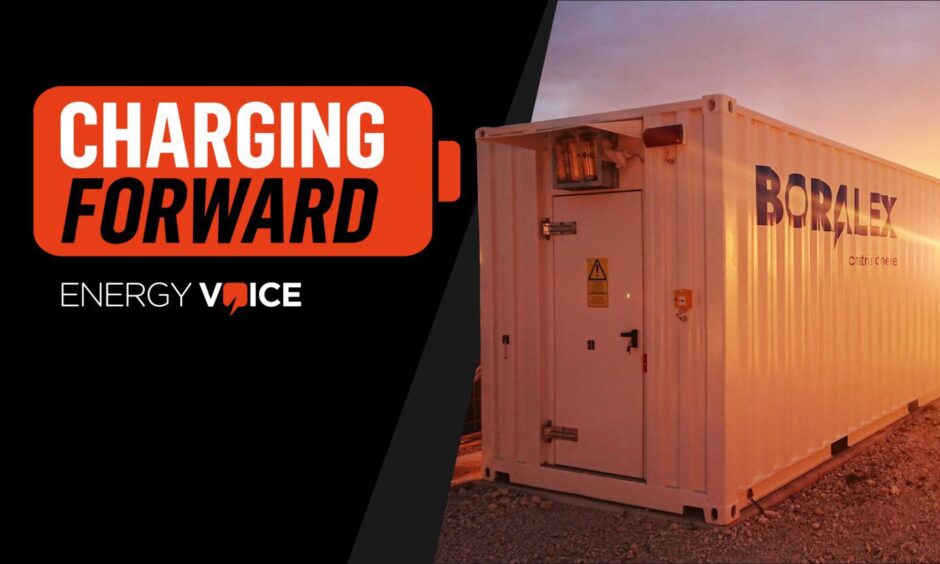
In this week’s Charging Forward, Root-Power has secured approval for a battery energy storage system (BESS) near Ibrox Stadium, Statkraft starts construction at its Swansea grid park and Finnish firm Polar Night Energy explores producing electricity from its thermal sand batteries.
This week’s headlines:
- Energy storage key for UK clean power target
- Battery packs see largest price drop since 2017
- Boralex planning consent for Scottish BESS
- ILI Group consent for North Ayrshire BESS
- Root-Power approval for Glasgow BESS
- Shetland Council grants BESS approval
- EDP Renewables starts Kent BESS
- RES to manage 50 MW solar BESS project
- Welsh FM launches Statkraft grid park
- Universities form battery research partnership
- Polar Night Energy investigates electricity from sand battery
Energy storage key for UK clean power target
The UK government launched its action plan to achieve a decarbonised electricity grid by 2030, identifying long duration energy storage (LDES) as a “key enabler” to success.
The report estimated the UK will need between 4 and 6 GW of LDES by 2030, up from the current 3 GW of pumped storage hydro capacity connected to the grid.
Alongside its cap and floor mechanism, the government said it will engage with projects at an advanced technical readiness level to explore financing options, including through the National Wealth Fund.
The National Energy System Operator (NESO) expects to open the first cap and floor allocation round in the second quarter of 2025.
Alongside pumped storage, the government will work to support further innovation in emerging technologies such as liquid air energy storage and flow batteries.
Meanwhile, the government also expects to see a significant increase in short-duration energy storage from the current installed capacity of 4.5 GW to between 23-27 GW.
Under the action plan, the government will work to improve the time it takes for mature grid-scale battery projects to obtain grid connections and planning consent.
Officials will also explore the potential role of heat batteries in decarbonising UK homes.
Battery packs see largest price drop since 2017
Global lithium-ion battery prices recorded their largest annual drop since 2017 in 2024, according to a BloombergNEF (BNEF) report.
Lithium-ion battery pack prices dropped 20% from 2023 to a record low of $115 (£90) per kilowatt-hour.
BNEF said factors influencing the price drop include cell manufacturing overcapacity, economies of scale, low metal and component prices and a slowdown in electric vehicle sales growth.
The price drops represent a global average, BNEF said, with prices varying widely across different countries.
BNEF battery technology team head and report lead author Evelina Stoikou said: “The price drop for battery cells this year was greater compared with that seen in battery metal prices, indicating that margins for battery manufacturers are being squeezed.
“Smaller manufacturers face particular pressure to lower cell prices to fight for market share.”
The industry has also benefitted from low raw material prices in recent years, however, BNEF said these could rise due to rising geopolitical tensions, potential tariffs and stalled mining and refining projects.
BNEF expects pack prices to decrease by $3/kWh in 2025, based on its near-term outlook, with continued technology improvements and reduced prices over the next decade.
In addition, BNEF said next-generation technologies, such as silicon and lithium metal anodes and solid-state electrolytes, will “play an important role in enabling further price reductions in the coming decade”.
Root-Power approval for Glasgow BESS
UK BESS developer Root-Power has secured planning approval for a 50 MW project in Glasgow.
The site at Broomloan Road near Ibrox Stadium will have 100 MWh capacity, enough to power around 100,000 homes.
Root-Power said once complete, the project will alleviate stress on the local grid during peak times.
It will now move to the design and construction phase, with the company targeting full energisation by mid-2026.
Root-Power managing director Neil Brooks said moving the Glasgow project into the detailed engineering phase is a “key milestone” for the firm.
“We look forward to working with our key partners and stakeholders as our delivery team progresses the site through construction so that it can join our growing portfolio of operational battery energy storage sites across the UK,” Brooks said.
Launched in 2024 with the backing of YLEM Group, Root-Power now has a UK BESS pipeline of more than 2 GW.
Altogether, the projects will generate 4.6 GWh of electricity across the UK once complete.
The company’s flagship 11 MW BESS in Coryton will go live in the first quarter of 2025, and the company has a further 29 projects submitted and awaiting planning decisions.
Brooks said 2024 has been an “enormous year” for Root-Power since its launch.
“I’m excited for the year ahead which will see our first project go live and three more commence construction,” he said.
“It looks set to be a big year for battery storage, and we are excited to be a part of this sector as it becomes more apparent just how crucial BESS will be for the UK to reach its ambitious net zero targets.”
ILI Group consent for North Ayrshire BESS
Hamilton-headquartered ILI Group has secured consent from Scottish ministers for a 100 MW BESS project in North Ayrshire.
The Flemyland project approval is the third major Scottish BESS planning consent for ILI in the last quarter of 2024.
The company also secured consent for a 200 MW BESS at Whitehill and a 50 MW project at Lochluichart.
ILI Group chief executive Mark Wilson said achieving consent for the three BESS projects is an “incredible way to end the year”.
“They represent a collective step forward in providing the energy storage capabilities Scotland needs to meet its net-zero targets,” Wilson said.
“These projects will ensure renewable energy is utilised effectively, supporting a secure and stable grid while reducing reliance on fossil fuels.
“Strategically, the connection dates for these projects align perfectly with the anticipated grid connection reforms, positioning them to play a crucial role in Scotland’s energy infrastructure for years to come.”
Shetland BESS approval
Shetland Islands Council has approved plans from developer Shetland Aerogenerators for a 15 MW BESS project co-located with a 5 MW wind turbine near Lerwick.
The Luggie’s Knowe 2 project builds on the firm’s existing 3 MW wind turbine at the site, which began operating in 2016.
The development could provide power to 2,600 homes on Shetland each year, with construction expected to start in 2026.
Shetland Aerogenerators chief executive David Thomson said the project is a “significant investment” in Shetland’s energy transition.
“My next priority is to ensure that this development can make a tangible difference to fuel poverty in Shetland, through opportunities such as energy vouchers for identified groups,” he said.
“We’ve been part of recent discussions to identify how Shetland ensures a fair share from energy developments and this project is a chance to demonstrate some of those ideas.”
Boralex planning consent for Scottish BESS
Canadian renewable energy developer Boralex has secured its first planning consent for a BESS project in the UK at its 49.9 MW Loch Toftingall development in Scotland.
The Toronto-listed firm secured planning approval from The Highland Council for the site at Caithness in November.
Boralex project director Richard Frost said the Loch Toftingall project is ideally located close to the ScottishPower Halsary wind farm and the Mybster substation.
Toftingall initially included two wind turbines, however following community consultation Boralex decided to focus solely on progressing the battery storage aspect.
The approval builds on the company’s six BESS projects in Canada and two in France.
Boralex UK country director Esbjörn Wilmar said the Quebec-headquartered firm is targeting further expansion in the UK.
“Our portfolio of renewable energy projects is progressing well through the various stages of development and we are keen to expand it further, by development from inception as well as project acquisition from third parties,” Wilmar said.
“We are moving forward with delivering one of Boralex’s strategic objectives, to grow its presence in the UK and develop the UK as a core market for the company.”
EDP Renewables starts Kent BESS
Spanish renewable energy firm EDP Renewables has started construction on its first standalone BESS project in Europe at the Richborough Energy Park in Kent.
The 50 MW Harrington Franklin project, located near Sandwich, is expected to be fully operational by the end of 2025.
EDP chief executive of Europe Duarte Bello said energy storage will play a critical role in the future of renewable energy.
“The Harrington Franklin project is a clear example of both our ambition and our ability to develop storage systems that support grid flexibility and help drive Europe’s energy transition,” Bello said.
Elsewhere, EDP has also secured consent for another 50 MW BESS project in the UK, alongside further developments in Spain, Portugal and the United States.
RES to manage 50 MW solar BESS project
RES Group has secured the asset management contract for the UK’s first co-located solar and BESS project connected to the transmission network.
Developed by Enso Energy and owned by Cero Generation, the Larks Green project near Bristol combines 70 MW of solar power with a 50 MW BESS.
RES already provides operations and maintenance services to the solar farm, and will now oversee the entire project.
RES head of solar and storage asset management for northern Europe Robert Mattholie said Larks Green demonstrates the potential of co-located renewable energy and storage to strengthen the UK’s energy resilience.
Welsh FM launches Statkraft grid park
Welsh First Minister Eluned Morgan has broken ground on the first electricity grid stability scheme in Wales at Swansea.
Statkraft is building the £70 million Swansea Greener Grid Park to provide stability services for the National Energy System Operator (NESO).
The project will use six large rotating stabilisers to replicate the spinning turbines of a traditional power station.
The Swansea project will be the third operational Statkraft stability project in the UK following similar projects in Keith, Moray, and Lister Drive in Liverpool.
Statkraft is also progressing with six further grid parks in Scotland and England, alongside the combined Soay solar farm and Thornton grid park project.
The grid parks form part of the Norwegian state-owned firm’s £4bn investment pipeline in the UK, which also includes green hydrogen developments.
Statkraft has close to 20 projects with secured planning consent, with more in development across wind, solar, hydrogen and green hydrogen.
In a statement, Morgan said: “Wales’ electricity needs could treble by 2050, so it’s important that infrastructure like Statkraft’s Greener Grid Park in Swansea is in place to support the grid and ensure it can cope with the increasing demand in the most efficient and environmentally friendly way.
“Schemes like this are important in ensuring we’re ready to continue the transition to more renewable energy, delivering on one of my priorities for green growth.
Statkraft UK head of development Richard Mardon said: “Swansea Greener Grid Park is a stand-out example of how Wales can serve as a beacon of green energy innovation, delivering home-grown solutions that benefit Welsh communities whilst bolstering the nation’s wider energy security.
“Innovative schemes like this will increase the deployment of renewable energy to the grid, bringing down bills for consumers and businesses, and reducing carbon emissions for us all.”
Voltis submits query for 500 MW UK BESS
Voltis has lodged a screening request to Buckinghamshire Council to determine whether an environmental impact assessment is required for its 500 MW Mop End Lane BESS.
The renewable energy developer is also holding a public consultation on its proposals for the site in Amersham.
Under the plans, the BESS will connect to the nearby Mop End National Grid electrical substation, exporting low carbon energy to the grid during times of high demand.
Voltis estimates the facility will provide green energy for around 270,000 homes in the region, alongside delivering a net gain for biodiversity.
The company said it is “very conscious” that the site is located within the green belt and the Chilterns National Landscape.
“This means we will need to demonstrate Very Special Circumstances to justify why a BESS is justified in this location,” Voltis said.
If approved, the company estimates construction will take between eight and 12 months to complete.
Universities form battery research partnership
WMG, a department of the University of Warwick and Binghamton University in the US have signed an agreement on battery manufacturing research.
Under the deal, the two universities will explore collaboration on support battery manufacturing in both countries.
The five-year agreement covers battery research and educational materials for training, as well as exploring access to shared facilities and equipment.
Both the US and the UK are aiming to build up their battery manufacturing capabilities to match global leader China.
Professor Robin Clark, Dean of WMG at The University of Warwick said: “We have a great opportunity to explore how the two largest battery facilities in academic institutions (in the UK and US respectively) can collaborate with our resources, facilities and experiences.”
“We hope to enable faster development and support for this vital sector.
“As the leading battery R&D facility in the UK for battery innovation and scale-up, this agreement supports our ambitions to be a key international facility, helping to secure the battery supply chain.”
Binghamton University president Harvey Stenger said: “Binghamton sees this collaboration as an important way to strengthen the efforts of our federally funded initiatives focused on battery manufacturing.
“We’re confident the two campuses will be able to achieve exciting breakthroughs by working in tandem.”
International news: Finnish energy storage firm Polar Night Energy investigates electricity from sand battery
Finnish firm Polar Night Energy will investigate the feasibility of producing electricity from its thermal sand batteries.
The technology converts electricity from renewable sources into heat for storage and later use in industrial processes and district heating systems.
The company will now embark on a two-and-a-half-year research and development project to design a new sand battery with power-to-heat-to-power (P2H2P) capability.
This will allow stored heat to be converted back into electricity, unlocking new opportunities for balancing energy grids and scaling up renewable energy sources.
Polar Night said its sand batteries offer significantly larger storage capacity at much lower costs compared to lithium-ion batteries.
The company said the P2H2P could enable the storage and conversion of surplus wind or solar power into electricity on a gigawatt-hour scale.
The technology can store energy “for days or even weeks”, Polar Night said, with a 30-year design life, no degradation and no “toxic or harmful materials”.
The Tampere-headquartered firm said the P2H2P project has the potential to “redefine energy storage and play a critical role in cutting global CO2 emissions”.
The €4.2m (£3.5m) project, which includes a €2.1m grant from Business Finland, will see Polar Night Energy construct a small-scale pilot plant in 2025.
Polar Night Energy chief technology officer Markku Ylönen said developing heat-to-power capabilities is a “big opportunity” for the company, and the global energy market.
“This innovation will not only reduce emissions on a large scale but also make renewable energy more reliable and cost-effective,” Ylönen said.
The pilot will focus on modifying the storage design and component choices to provide a suitable heat flow for electricity production.
The company said raising the operating temperatures of the energy storage is a “critical factor” for improving efficiency and enabling effective heat-to-power conversion.
To achieve these higher temperatures, Polar Night will need to research ways to optimise the system’s materials and design.
Ylönen said the results from the pilot plant will be used to design a commercial heat-to-power plant.
“We envision a future where energy storage systems are standard at industrial and energy sector sites worldwide, meeting the immense demand for reliable storage solutions,” he said.
Separately, Polar Night has agreed a deal with Finnish firm Ilmatar to explore future pilot opportunities for the P2H2P technology at the company’s Nordic wind farms.

 © Supplied by Root-Power
© Supplied by Root-Power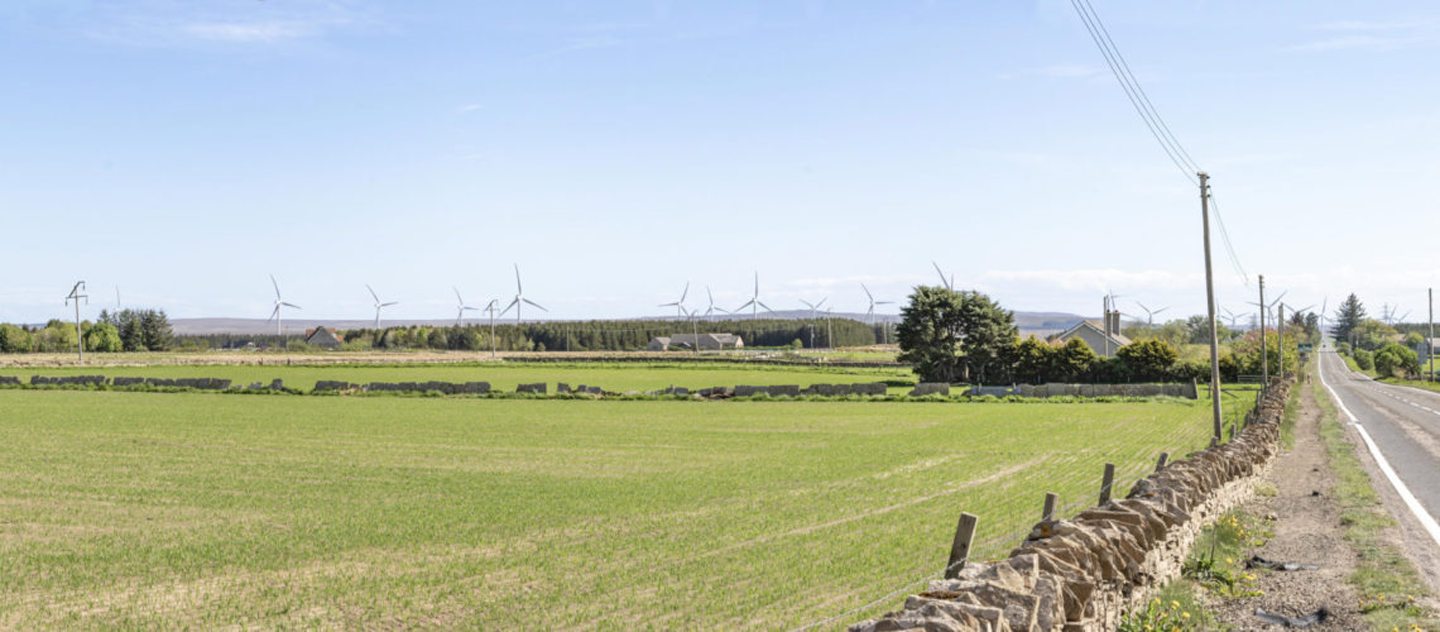 © Supplied by Boralex
© Supplied by Boralex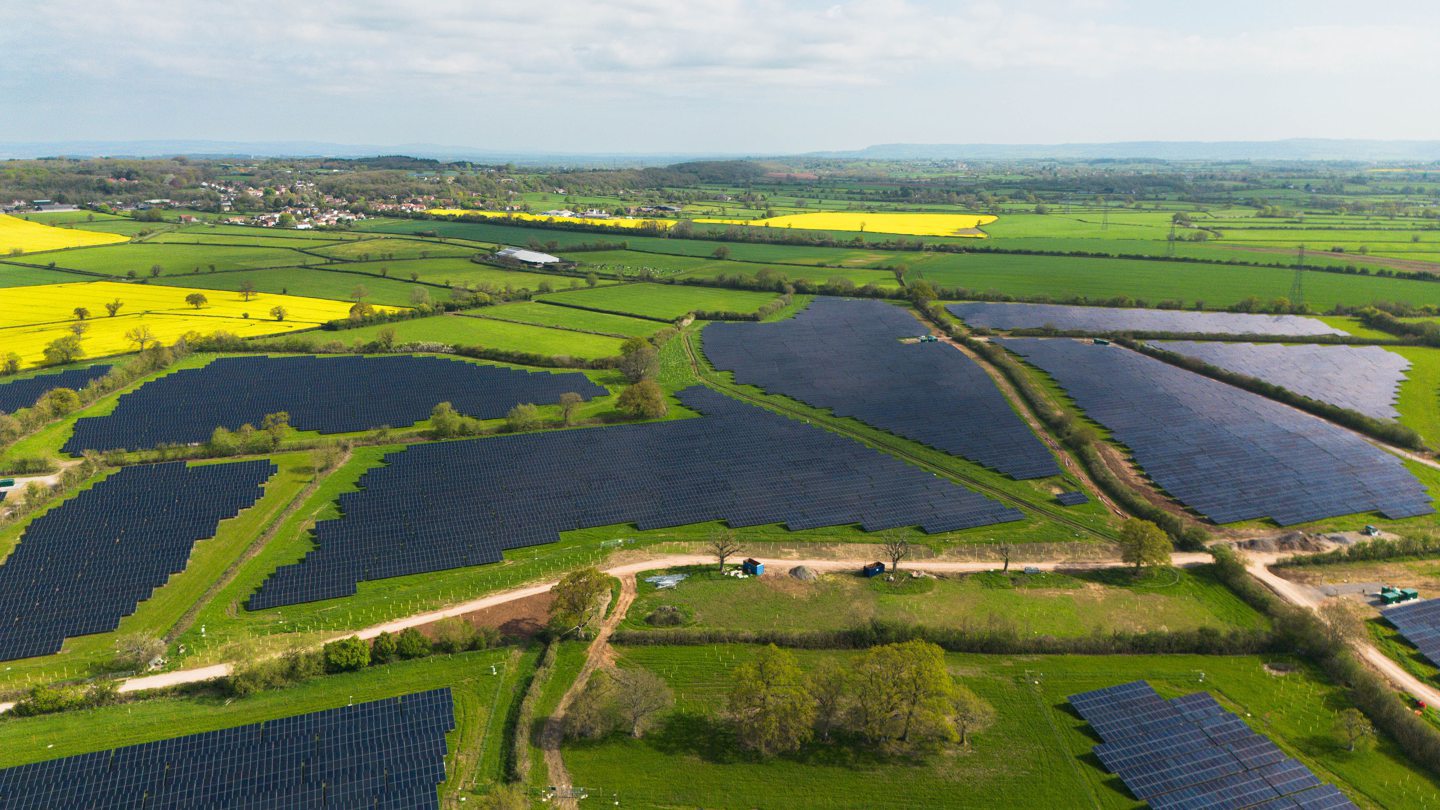 © Supplied by Cero Generation
© Supplied by Cero Generation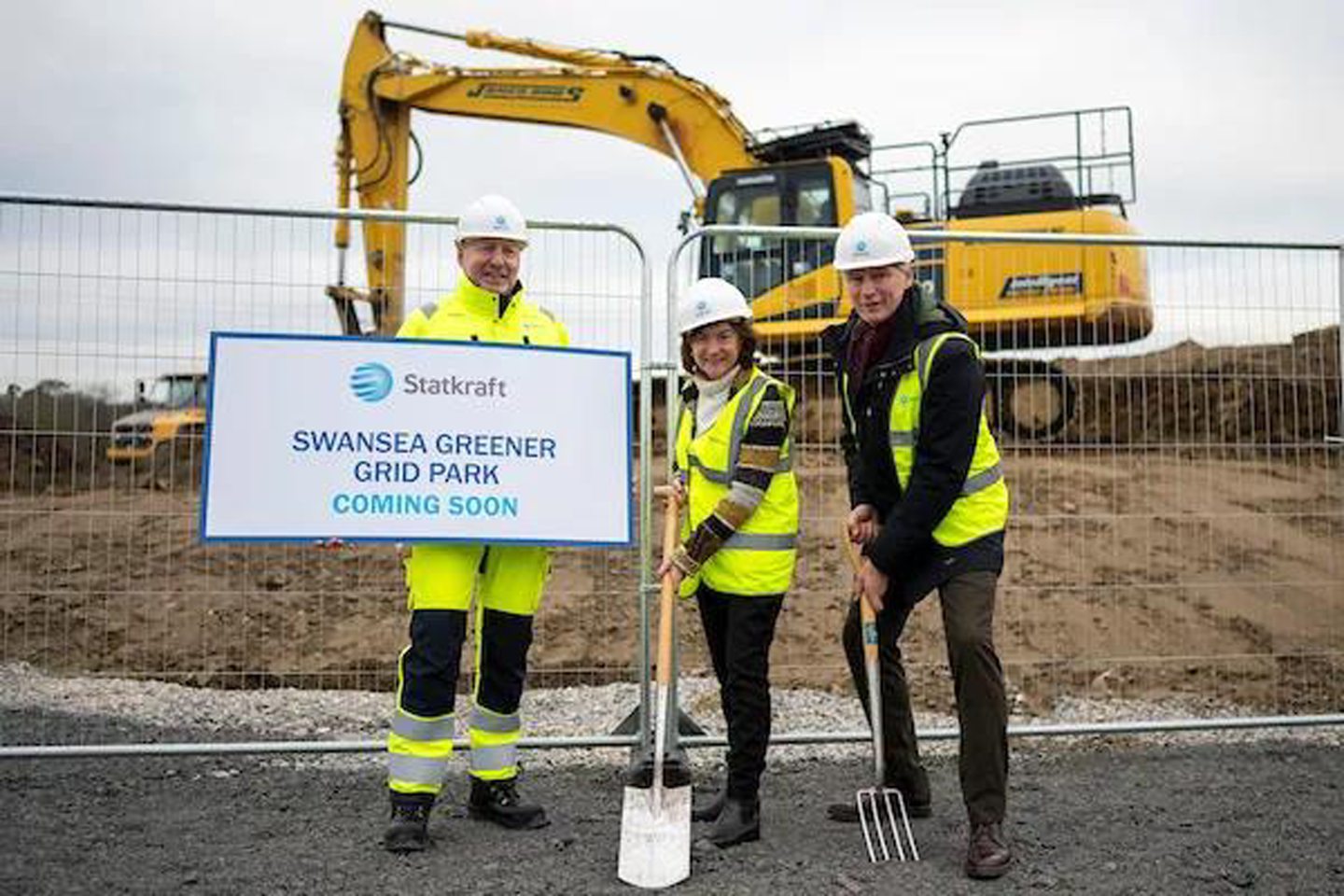 © Supplied by Statkraft
© Supplied by Statkraft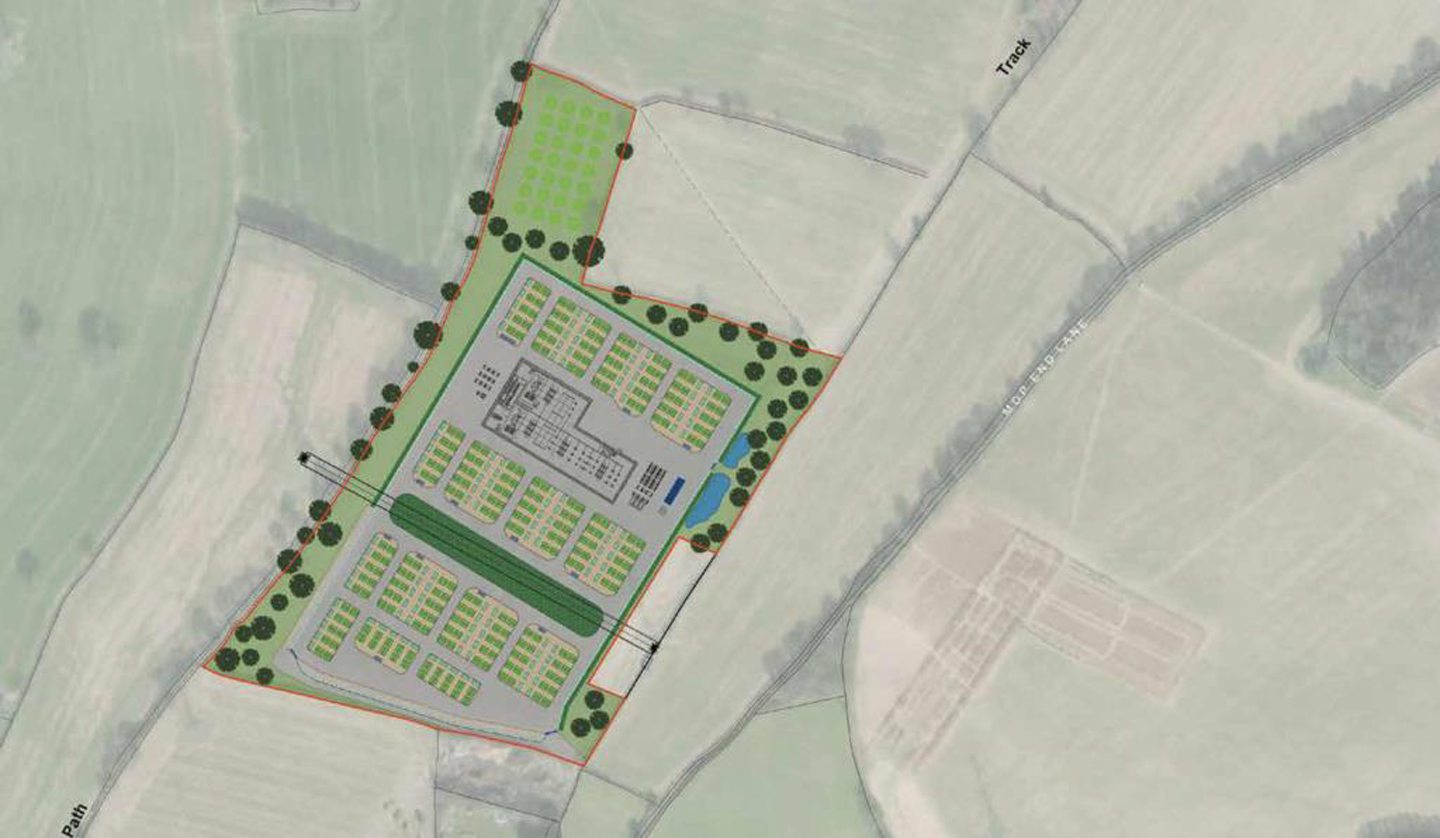 © Supplied by Voltis
© Supplied by Voltis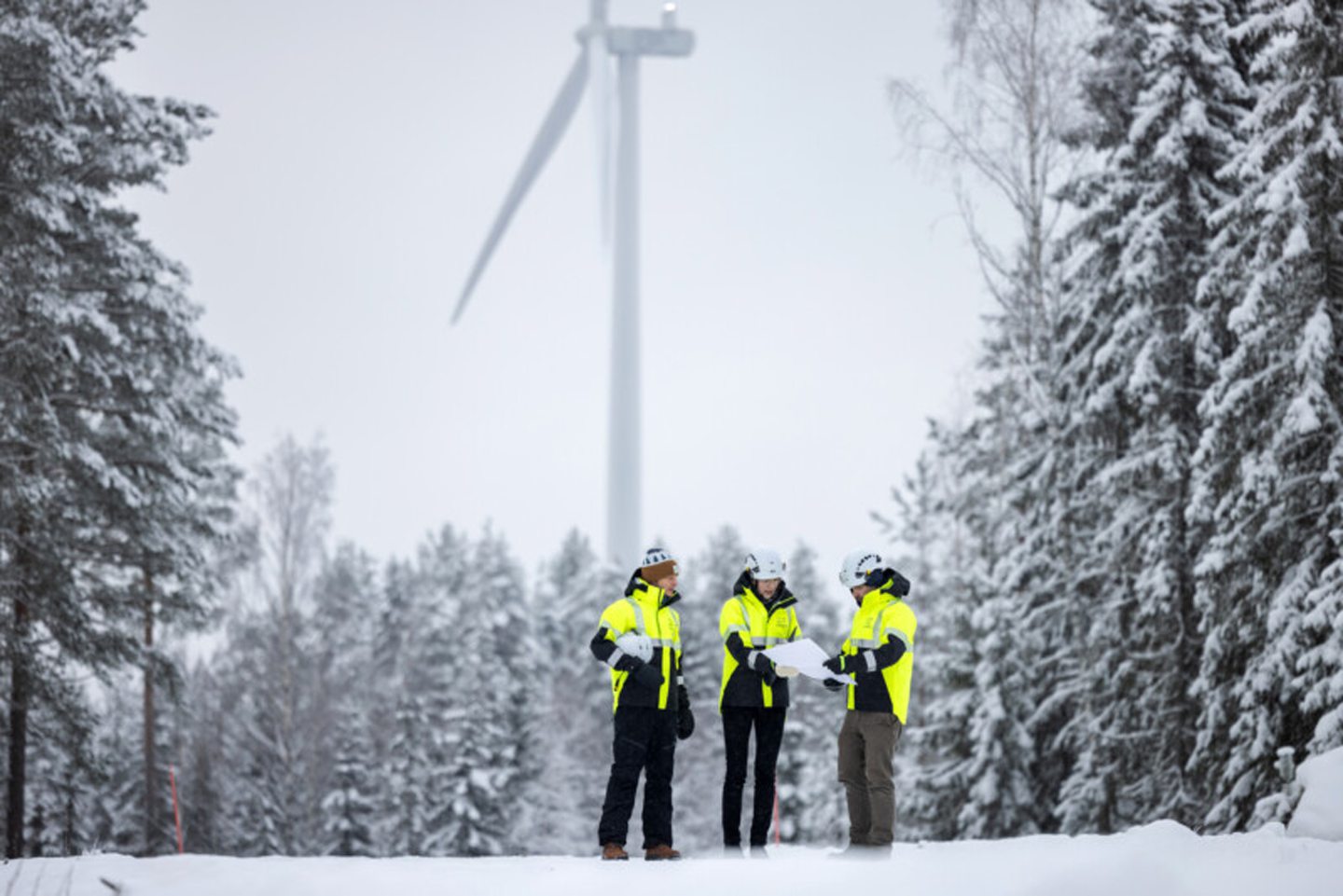 © Supplied by Polar Night Energy
© Supplied by Polar Night Energy © Supplied by Polar Night Energy
© Supplied by Polar Night Energy © Supplied by Polar Night Energy
© Supplied by Polar Night Energy